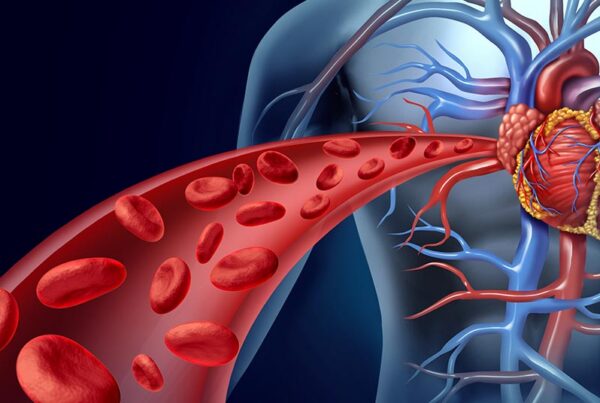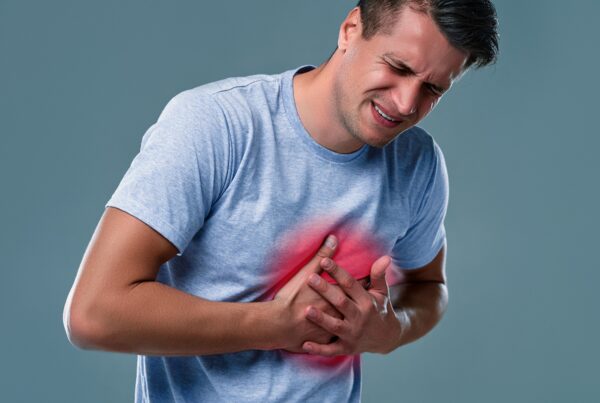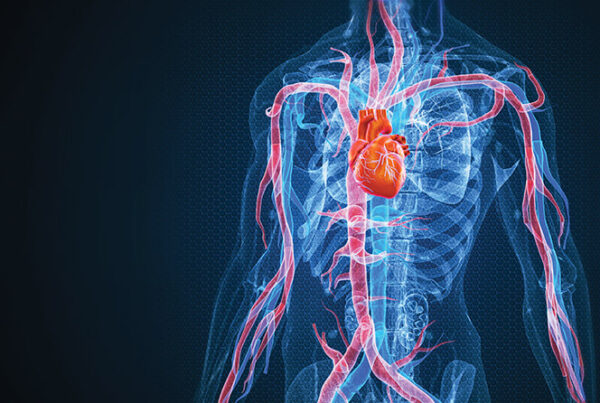The heart functions as a complex and integrated machine, pumping blood into our arteries and veins with its regular rhythm.
At the core of this precise operation lie the four heart valves, resembling doors or “flaps” that open and close in perfect timing to ensure blood flows in the correct direction, preventing any unwanted backflow.
When these valves become damaged, whether due to aging, diseases, or congenital defects, they impede the heart’s vital function, which can lead to debilitating symptoms and serious, life-threatening complications.
In such cases, heart valve replacement surgery becomes an urgent medical necessity, an advanced surgical procedure that restores the heart’s ability to pump effectively and gives the patient hope for a normal, healthy life.
Heart valve replacement surgery transforms the lives of patients suffering from weakened valves.
By applying advanced techniques, including biological and mechanical valves, and combinations of open surgery, minimally invasive procedures, and catheter-based interventions, patients can regain their quality of life.
Liva Hospital in Turkey is a leading example of this advanced care, especially for those seeking the latest surgical options and continuous care.
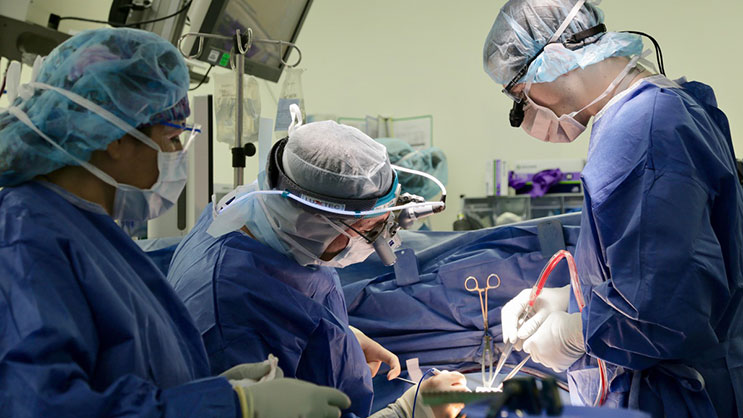
What are Heart Valves and Their Function?
Understanding the function of heart valves is essential to appreciating the importance of their replacement.
The human heart has four valves, working in harmony and coordination to ensure one-way blood flow from the atria to the ventricles, and then to the major arteries. These valves are:
- Mitral Valve: Located between the left atrium and the left ventricle.
- Aortic Valve: Located between the left ventricle and the aorta.
- Tricuspid Valve: Located between the right atrium and the right ventricle.
- Pulmonary Valve: Located between the right ventricle and the pulmonary artery.
The main function of these valves is to open completely to allow blood to pass and to close tightly to prevent its backflow (regurgitation). When valves malfunction, it usually takes one of two main forms:
- Stenosis: The valve leaflets become thick, stiff, or fused, limiting their ability to open fully, forcing the heart to work harder to pump blood through a narrow opening.
- Regurgitation / Insufficiency: The valve fails to close tightly, allowing blood to leak and flow back into the previous chamber instead of moving forward.
Causes of Heart Valve Damage
The precise diagnosis of the cause of valve damage is determined through clinical examination, Echocardiogram, and other imaging tests.
Multiple causes can lead to heart valve damage and necessitate their replacement, and they can be classified into several main categories:
- Congenital Valve Defects: Some people are born with abnormally structured heart valves, such as a bicuspid aortic valve (instead of tricuspid), making it prone to narrowing or regurgitation at an early age or with aging.
- Rheumatic Heart Disease: Rheumatic fever, a complication of a bacterial infection with streptococcus (usually untreated strep throat), is a common cause of heart valve damage, especially the mitral and aortic valves, leading to chronic narrowing or regurgitation.
- Degenerative Valve Disease: With aging, valve leaflets may become thick and stiff due to calcium buildup or other changes. This is the most common cause of aortic valve stenosis in the elderly.
- Infective Endocarditis: This is a bacterial infection that affects the inner lining of the heart or valves, leading to damage to the valve leaflets and potentially causing acute regurgitation.
- Other Medical Conditions: Diseases such as heart failure, severe high blood pressure, heart attack, or some connective tissue diseases (like Marfan syndrome) can affect valve function and cause their damage.
When Does Valve Replacement Surgery Become Necessary?
The decision for surgery is made based on a comprehensive evaluation by a multidisciplinary team of cardiologists and surgeons, taking into account the patient’s age, general health, and any other chronic diseases.
Heart valve replacement surgery is only resorted to after a precise and comprehensive evaluation of the patient’s condition, and when medications or lifestyle changes are insufficient to manage symptoms or prevent disease progression.
Key indicators that necessitate considering valve replacement include:
- Severe Symptoms: Such as severe shortness of breath with minimal exertion or even at rest, chest pain, fainting (syncope), or severe palpitations. These symptoms indicate that the heart is struggling to pump blood effectively.
- Progressive Deterioration in Heart Function: Even if symptoms are mild, echocardiograms and other tests may show significant deterioration in left ventricular function or enlargement of heart chambers, indicating that the heart is under significant stress.
- Increased Pulmonary Artery Pressure: Especially in cases of mitral valve stenosis or regurgitation, which can indicate congestive heart failure.
- Risk of Complications: Presence of signs of high risk for complications such as congestive heart failure, blood clots, or stroke.
Types of Replacement Valves: Mechanical and Biological
The type of replacement valve is chosen based on multiple factors, including the patient’s age, general health, lifestyle, willingness to take anticoagulants lifelong, and patient preferences after thorough discussion with the doctor.
When replacing a heart valve, the patient faces two main options for replacement valve types, each with advantages and disadvantages:
- Mechanical Valves:
- Material: Usually made of carbon and graphite, which are highly durable materials.
- Advantage: Characterized by their durability and long lifespan (usually lasting a lifetime), making them an excellent choice for younger patients.
- Disadvantage: Require the patient to take anticoagulant medications (such as warfarin) lifelong to prevent blood clot formation on the valve. These medications require regular monitoring of blood clotting levels.
- Biological / Bioprosthetic Valves:
- Material: Made from animal tissues (usually from cows or pigs) that are treated to be compatible with the human body.
- Advantage: Do not usually require lifelong anticoagulants, reducing the associated bleeding risks. This makes them a preferred choice for older patients or those with contraindications to anticoagulant use.
- Disadvantage: Their lifespan is shorter than mechanical valves (usually 10-20 years) and may require replacement again in the future.
Valve Replacement Techniques
At Liva Hospital in Turkey, the cardiovascular surgery team offers advanced treatment options, including the latest TAVR techniques and minimally invasive surgeries.
Heart valve replacement techniques have evolved significantly, from traditional open-heart surgery to less invasive procedures:
- Traditional Open-Heart Surgery:
- Procedure: Requires a lengthwise incision in the middle of the chest to open the sternum (breastbone), and connecting the patient to a heart-lung machine that temporarily takes over the functions of the heart and lungs. The surgeon can then remove the damaged valve and implant the replacement valve.
- Advantage: Provides wide and direct visualization for the surgeon, enabling them to handle complex cases or perform additional repairs when needed.
- Recovery: Longer recovery period and more post-surgical pain.
- Minimally Invasive Cardiac Surgery:
- Procedure: Performed through smaller incisions (usually 5-7 cm) between the ribs or a small incision in the upper part of the sternum, instead of full chest opening. The surgeon uses specialized tools and a video camera to view the surgical area.
- Advantage: Less pain, smaller scar, shorter recovery period, and lower risks of infection and bleeding complications.
- Limitations: May not be suitable for all patients or all types of valve repairs.
- Transcatheter Aortic Valve Replacement (TAVR / TAVI):
- Procedure: A revolutionary technique that does not require open-heart surgery. A new biological aortic valve (crimped on a catheter) is inserted through a major artery (usually in the thigh), guided to the heart, and implanted inside the damaged aortic valve, which is pushed aside.
- Advantage: Much less invasive procedure, very rapid recovery period, and particularly suitable for elderly patients or those considered high-risk for open surgery.
- Limitations: Currently used primarily for replacement of a narrowed aortic valve.
Surgical Preparation and Recovery Period
The surgical preparation phase and the recovery period after heart valve replacement are an integral part of the operation’s success.
- Before Surgery: The medical team performs comprehensive examinations (blood tests, ECG, X-rays, cardiac ultrasound, and sometimes cardiac catheterization) to accurately assess the patient’s health condition.
Detailed instructions are given regarding medications to stop, fasting, and hospital preparation. Psychological and nutritional consultations are provided to prepare the patient for the operation and beyond. - After Surgery: The patient is usually transferred to the Intensive Care Unit (ICU) for close monitoring after the operation.
Care focuses on pain management, monitoring vital signs, and managing any potential complications. The patient is encouraged to move and get out of bed as soon as possible. - Cardiac Rehabilitation: Once the condition stabilizes, a cardiac rehabilitation program begins, which is a structured program that helps the patient regain their strength and physical fitness.
It includes monitored exercise, education on healthy lifestyle (diet, smoking cessation), medication management, and psychological support.
Adherence to the rehabilitation program significantly reduces the risks of future complications and promotes complete recovery.
The recovery period varies from patient to patient, but it can range from several weeks to a few months, requiring patience and commitment from the patient.
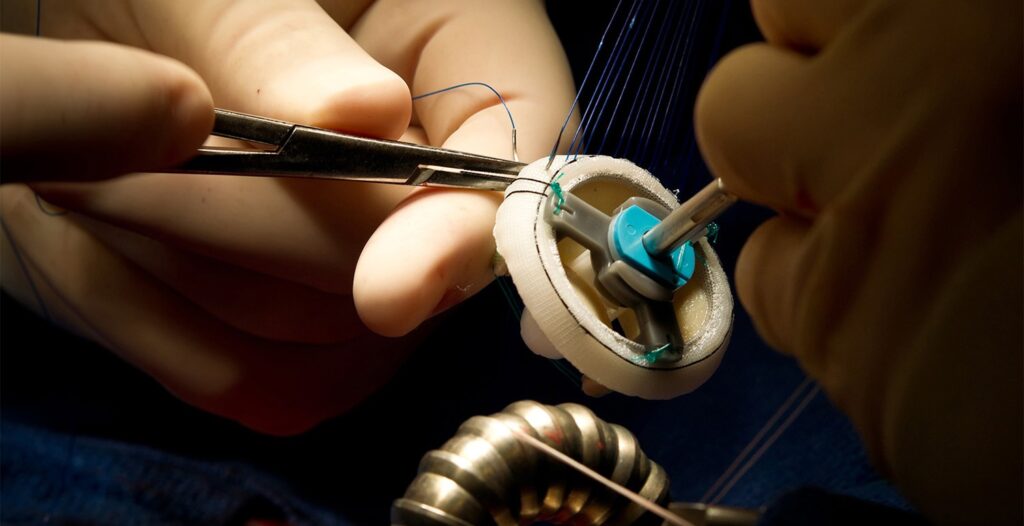
Conclusion
Heart valve replacement surgery is a remarkable medical achievement that offers a second chance at life for many patients suffering from debilitating heart valve diseases.
It is a testament to the continuous advancement in cardiovascular surgery, which enables surgeons to repair or replace damaged “heart flaps” with unprecedented precision and effectiveness.
With advanced techniques and comprehensive care, patients are able to overcome these challenges and return to a normal, active life.
Awareness of the importance of early diagnosis and the available treatment options at Liva Hospital in Turkey forms the cornerstone for maintaining heart health and renewing hope for a better life.
Frequently Asked Questions
What symptoms might indicate the need for heart valve replacement?
Common symptoms include shortness of breath, chest pain, extreme fatigue, dizziness or fainting, and heart palpitations. These symptoms usually become more noticeable with physical activity.
What is the difference between valve repair and replacement?
Valve repair means the surgeon makes modifications to the damaged valve to restore its normal function. Valve replacement means completely removing the damaged valve and replacing it with an artificial valve (mechanical or biological).
How long does heart valve replacement surgery take?
The duration of the operation varies depending on the type of valve being replaced and the technique used, but it usually ranges between 3 to 6 hours for open-heart surgery. Catheter procedures (TAVR) are much shorter.
Will I need to take lifelong medication after heart valve replacement?
This depends on the type of valve implanted. If a mechanical valve is implanted, you will likely need to take anticoagulant medications (such as warfarin) lifelong. If it’s a biological valve, you will often only need anticoagulants for a short period after surgery.
What is the success rate of heart valve replacement surgery?
Heart valve replacement operations are very safe and highly effective, with very high success rates, exceeding 95% in many specialized centers, and depend on several factors such as the patient’s general health, the type of valve, and the surgical technique.
Can heart valve replacement surgery be performed without opening the chest?
Yes, techniques such as Transcatheter Aortic Valve Replacement (TAVR / TAVI) have become very common, especially for elderly or high-risk patients, where the valve is inserted through an artery in the thigh without the need for open-heart surgery.

